Digital convergence and the future of climate finance
November 8, 2021
In early November, global leaders gathered in Glasgow, Scotland, for the United Nations Climate Change Conference (COP26) in an effort to build strategies for the daunting challenge of meeting the targets of the 2015 Paris Agreement.
Nearly every country in the world has committed to the massive greenhouse gas emissions reductions needed to limit the increase in the Earth’s temperature to a maximum of 2 degrees Celsius above the Earth’s pre-industrial climate, with the ultimate goal ofas just a 1.5 degree increase this century.
Widespread decarbonization is an expensive endeavour — according to a 2019 report from the World Bank, the public and private sector will need to contribute US$90 trillion in green infrastructure investment by 2030.
While the transition to a post-carbon economy has been found to boost jobs and reap $4 in measurable economic benefits for every dollar spent, the up-front capital costs for this tremendous shift need creative financial solutions — and fast.
Kate Levick, the Associate Director of Sustainable Finance at the Third Generation Environmentalism think-tank, wrote in a recent statement that the latest IPC data shows that the time window for effective action is shrinking.
“Recent shifts towards net-zero, resilient investment by private sector firms and governments must now be rapidly accelerated, now that we have an updated understanding both of the risks involved and of the limited time window to address them,” she wrote.
While absolute emissions reductions through renewable energy sources and cleantech are expected to make up the majority of temperature reductions, carbon capture, utilization and storage (CCUS), which stores or uses carbon that would otherwise be emitted, could support up to 20 per cent of the necessary global emissions reductions by 2030.
Credits generated from each tonne of captured CO2 are already building a low-carbon economy, and trade in private transactions, as government ITMO credits, and on new international markets as offsets to apply against emissions and as carbon-based commodities.
However, the obstacle to carbon credits for climate action is that they consistently fail to represent a tonne of sequestered or otherwise-reduced carbon emissions, with some studies demonstrating that 90 per cent of examined credit projects fall short of meeting accepted criteria for data verification and offset calculation.
According to former Bank of England Governor Mark Carney, who is spearheading carbon credit validation and scaling as an essential part of climate mitigation, legislating the quantification and proof of CO2 impact and reductions is a critical part of the COP26 agenda.
“Climate change is not yet consistently measured, although the private sector has moved in this direction since Paris. We now need to make measurement and disclosure mandatory.”
– Mark Carney, UN Special Climate Envoy
Mr. Carney’s views that measurement and disclosure need to be mandatory, and that carbon credits require far more validation, are challenged by the enormous cost to continually audit and report data from fragmented, and often still manual, industrial processes.
With increasing mainstream adoption in 2021, blockchain is emerging as an important solution for automating the data behind carbon accounting. Pulling source data directly from IoT devices or AI platforms, blockchain provides an unbroken chain of carbon proof-of-provenance that facilitates automated reporting to regulators and the translation of emissions reductions into digital value.
By combining blockchain ledgers with device data capture and AI analysis, deep validation and auditing processes that may otherwise take weeks can be conducted within minutes, enabling quickly actionable intelligence on carbon emissions and capture.
In October of this year, Canadian blockchain and digital assets firm GuildOne Inc. (GuildOne) launched one of the first industrial-scale digital systems for carbon accounting, validation and tokenization, together with partners including leading blockchain firm R3, Amazon Web Services (AWS), product intelligence leaders Validere, and energy sector partners.
The initial demonstration project, Zero Genesis, takes place at a carbon sequestration site in Alberta. Validere’s energy analytics platform uses IoT and AI to measures and analyze the stored carbon’s volume and composition, and GuildOne integrates with their systems to register this data on blockchain.
Each tonne of stored carbon then results in the automatic creation of a digital credit that includes an attachment with proof-of-provenance data built to the Global Blockchain Business Council’s Interwork Alliance standards.
The company’s goal for Zero Genesis is to demonstrate how the energy industry’s use of disruptive technologies and integration with digital asset markets can incentivize the faster development of additional carbon mitigation projects, supporting part of the annual $5.8 trillion in funding required until 2050 for the energy transition, according to a report by Bloomberg analysts.
“The priorities of the COP26 conference around verified carbon measurement and credentialing are exactly what the world needs to ensure we’re on the right climate trajectory,” said GuildOne CEO James Graham. “Utilizing blockchain for this process creates trust and important opportunities for funding decarbonization through digital finance.”
The project’s carbon tokens have been issued on the low-energy consumption Cardano public blockchain network. Integration is also being developed with R3’s Corda, which is the world’s leading private blockchain network and widely used by the financial services sector and some emerging Central Bank Digital Currency initiatives.
Validere’s SVP of Strategy, Mark Le Dain, said that his company is experiencing increasing interest from industry clients to validate emissions for carbon credits and certified low-carbon fuel.
“Many legacy energy assets represent some of the best places to sequester carbon but the removal of volumes often isn’t being incentivized at the rate required, due to poor data, and inconsistent market access,” he said.
“This initiative provides the data validation required and the GuildOne blockchain ecosystem allows for access to global markets today, for a global problem, which can achieve solutions faster than disparate regulatory approaches.”
Anoop Nannra, the Global Head of Blockchain for Amazon Web Services, said that the project demonstrates the power of blockchain and digital assets for energy transformation.
“Tokenized carbon credits, offsets, and renewables may prove to be the pinnacle non-fungible token (NFT) of our lifetime,” he said. “Seeing partners like Guild1 build great solutions, and customers across the board in energy, capital markets, oil and gas, and elsewhere develop broader awareness of how to actualize their ESG goals through the adoption of blockchain technology is exciting.”
From his perspective at AWS, the key to scaling blockchain sustainability initiatives is engagement from a full spectrum of government and economic participants. “At the same time, this is an ecosystem play, and requires active involvement from regulators, policy makers, producers, and consumers alike,” he said.
According to Blockchain Revolution author Don Tapscott, the synthesis of blockchain, IoT and AI is the key to the next era of digital transformation. “This new generation of technology — the “trivergence” — represents a new paradigm,” he said in a recent interview, citing the risks of supply chain complexity and the climate pressures on oil and gas as “demand pulls” towards adoption.
As these pressures increase — in oil and gas, and throughout all industries and global governments — the automation of the full value chain of carbon measurement, analysis, credit generation and transaction through the digital trivergence is the only realistic path towards achieving climate targets and bridging the multitrillion-dollar climate finance gap.
While GuildOne and partners like Validere and AWS are starting with individual carbon sequestration facilities, the critical path for these types of projects is rapid scale and adoption across the industry. Building and deploying new ESG data architecture will take an unprecedented amount of innovation and cross-sector collaboration — and the success of the Paris Agreement depends on meeting this challenge.
Related Articles
Digital Carbon : Automation & Exchange. Standards of Measurement and Future of Proof.
Digital Carbon High Quality. High Volume. High Value.Digital Carbon High Quality. High Volume. High Value.
ESG1 Unveils Landmark Integration of Corda and Cardano Blockchains at 2023 Cardano Summit
Canadian climate fintech company ESG1 introduced the launch of its tokenization bridge between the leading private and public blockchain platforms on Nov.4th at the annual Cardano Summit in Dubai. Dubai U.A.E, London UK, & Calgary Canada, November 2023: ESG1, the...





























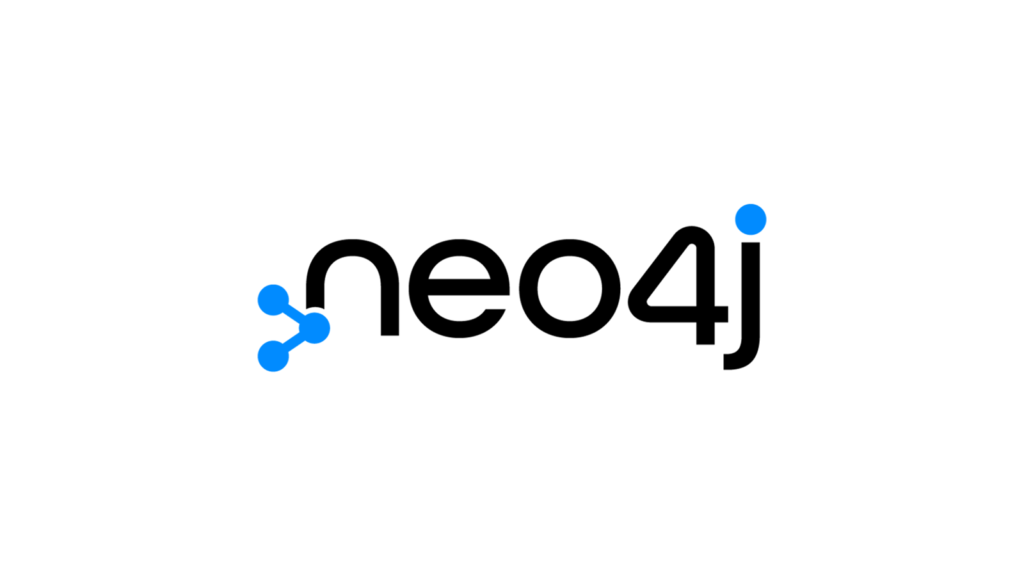
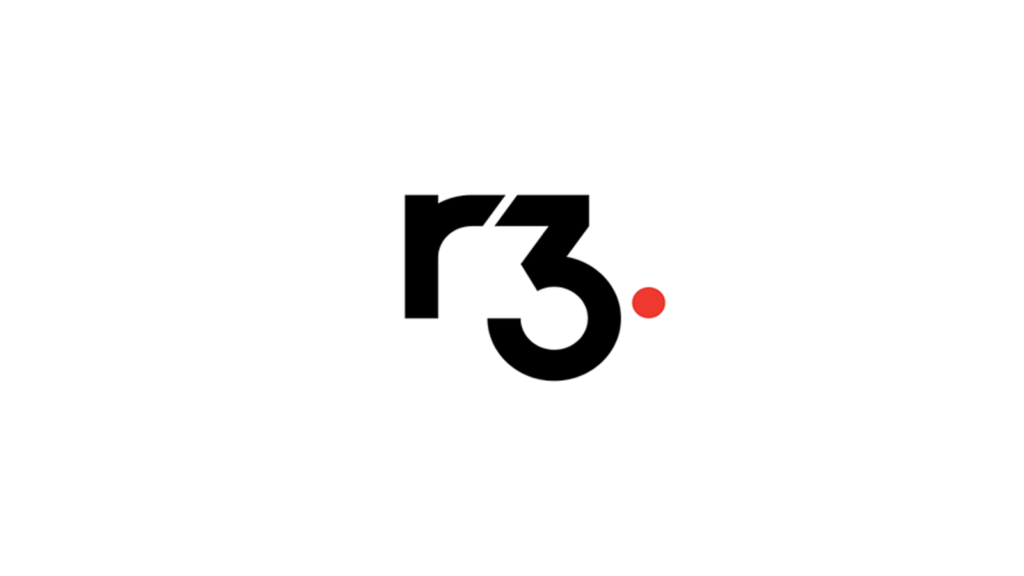

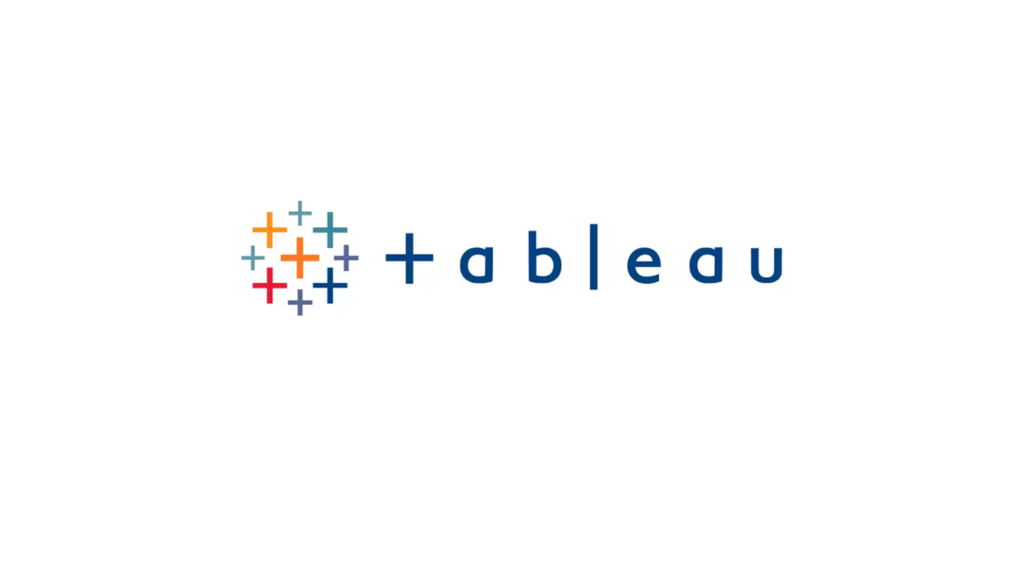
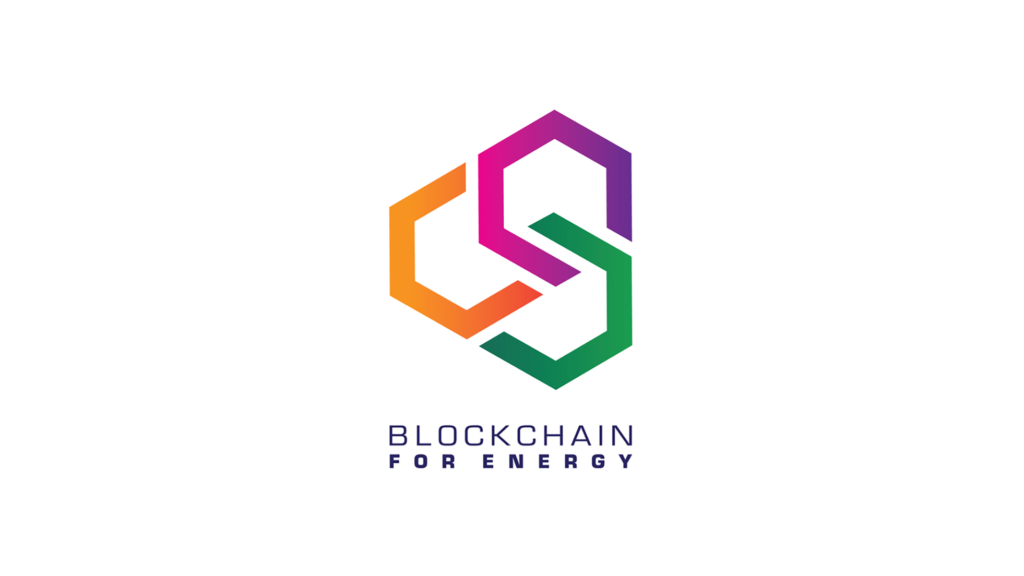

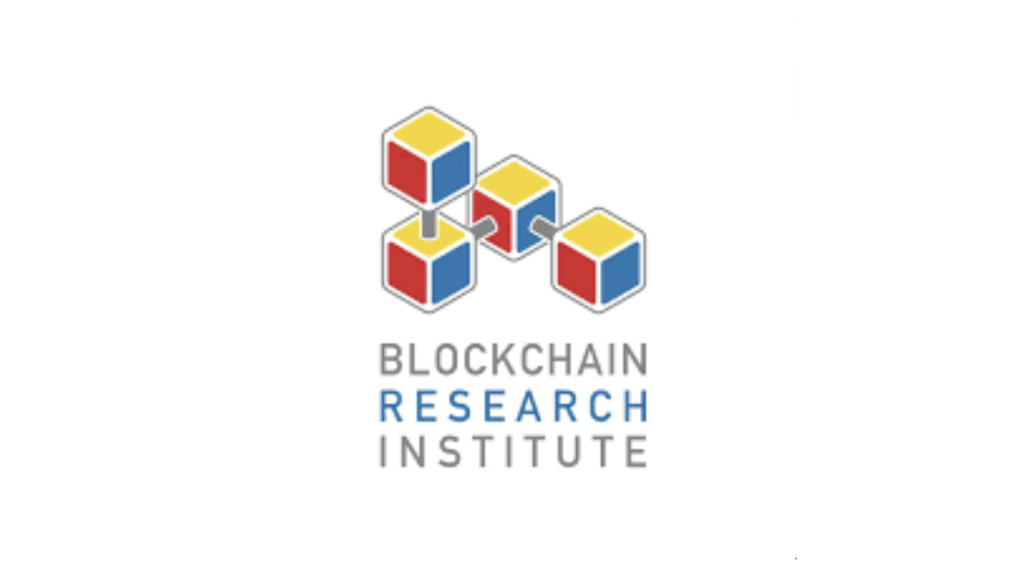


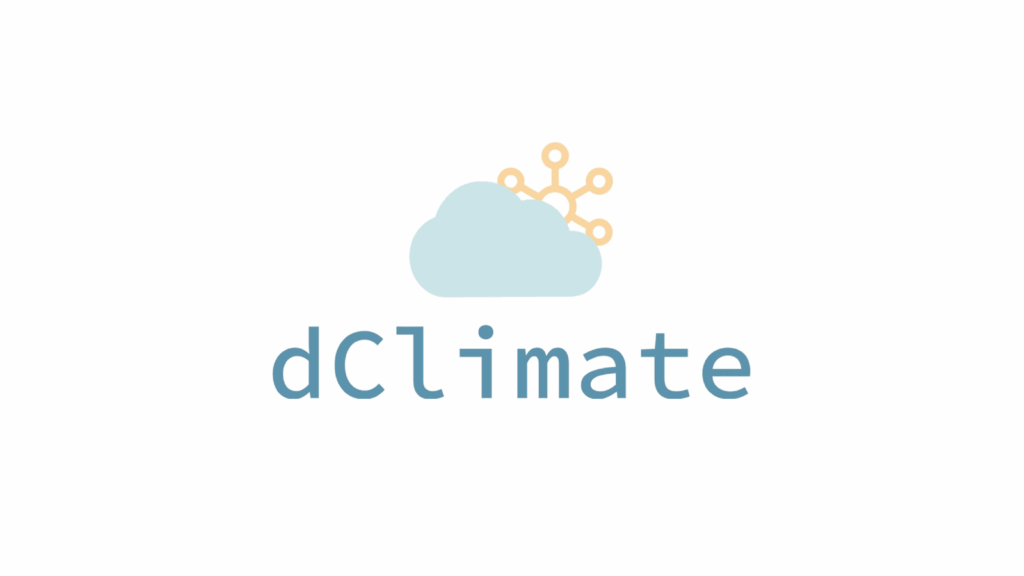




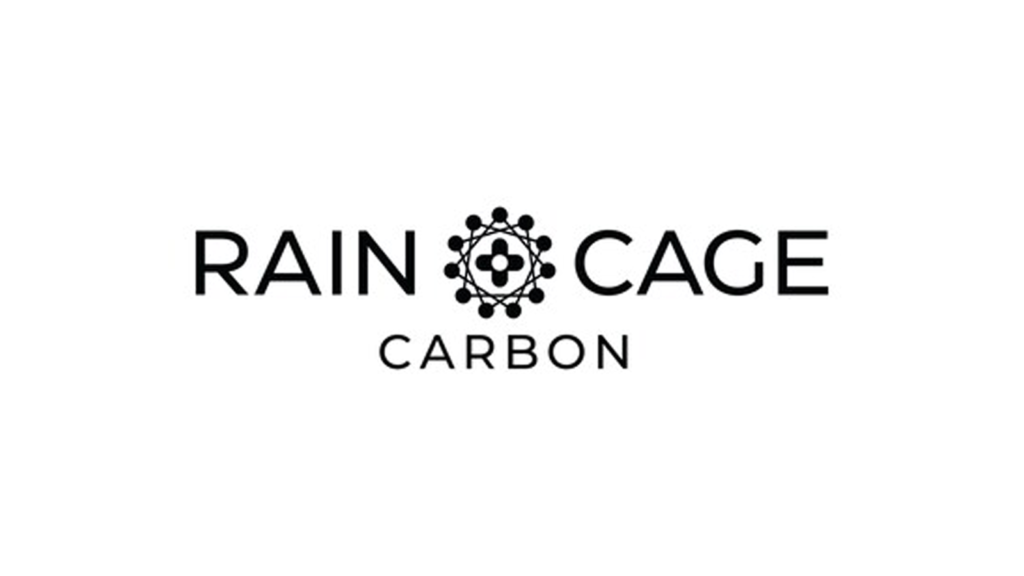
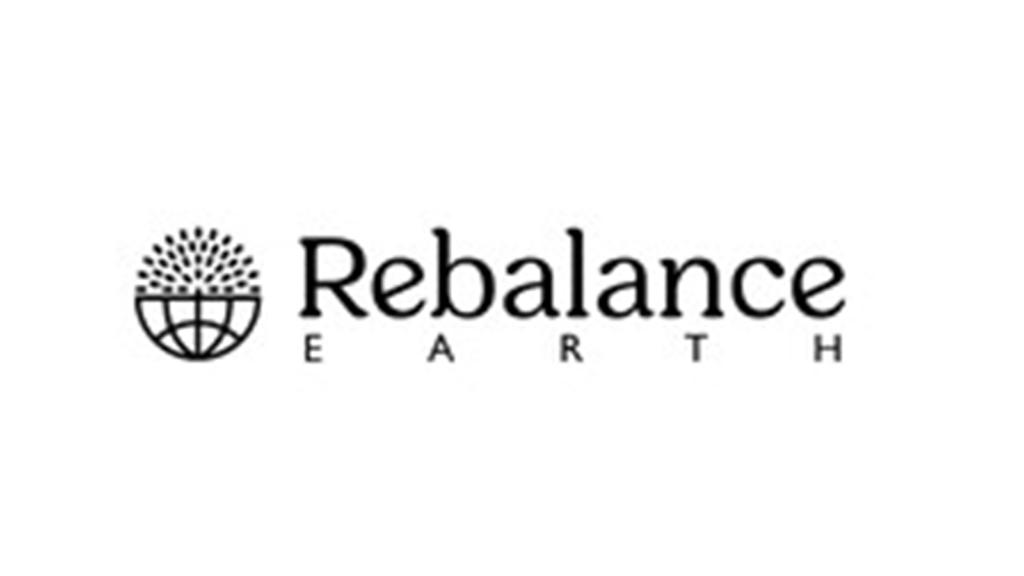



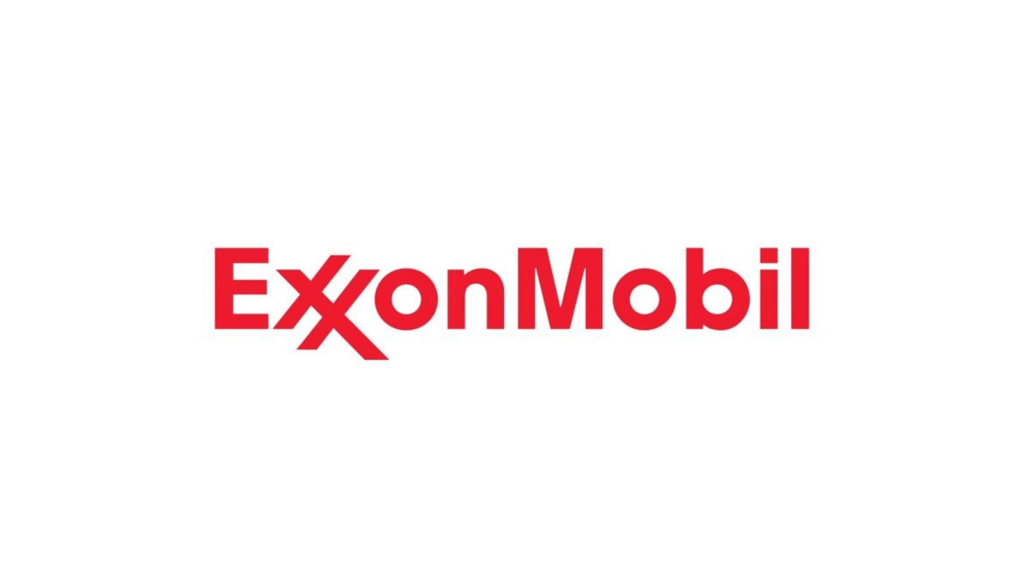
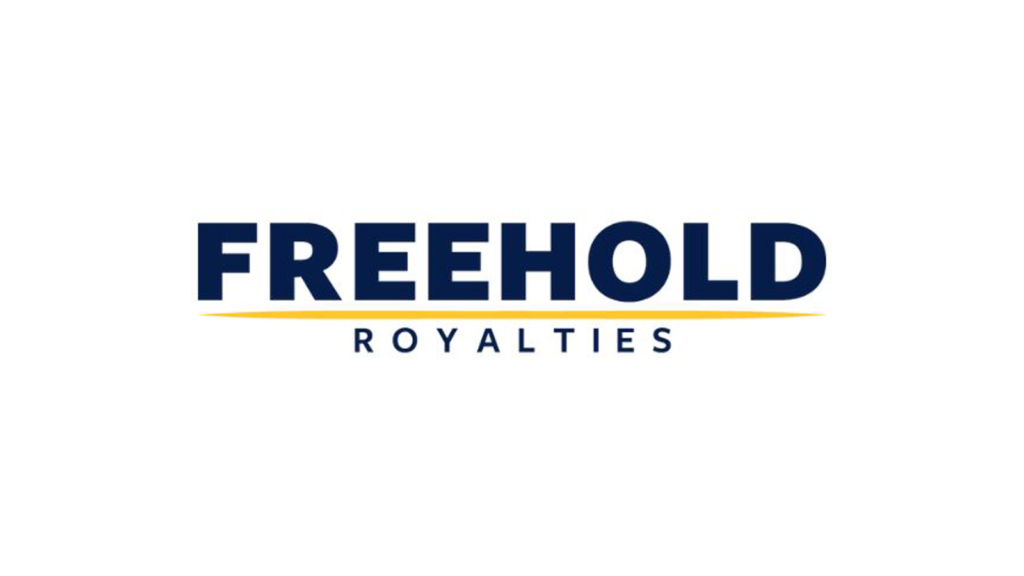

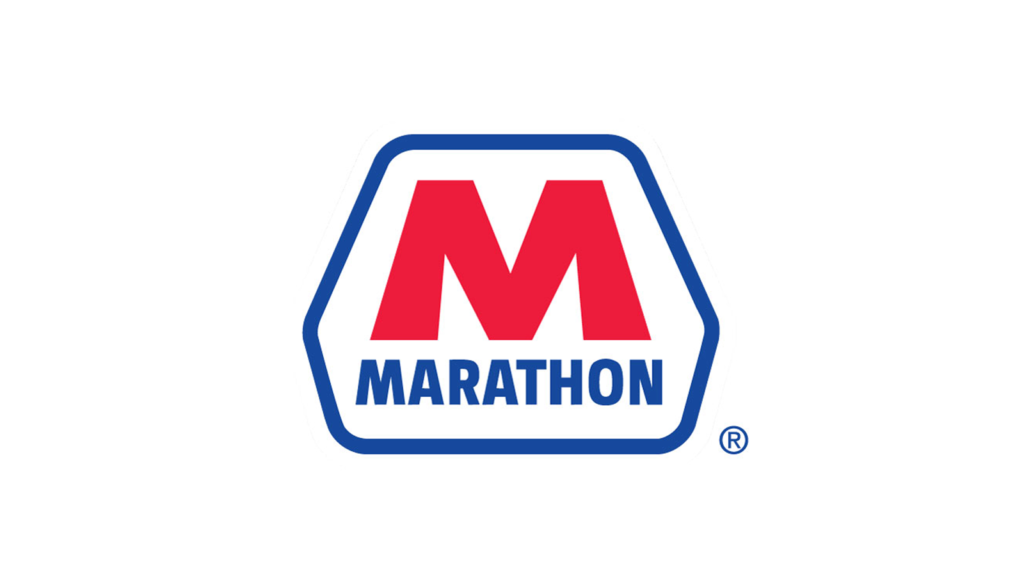

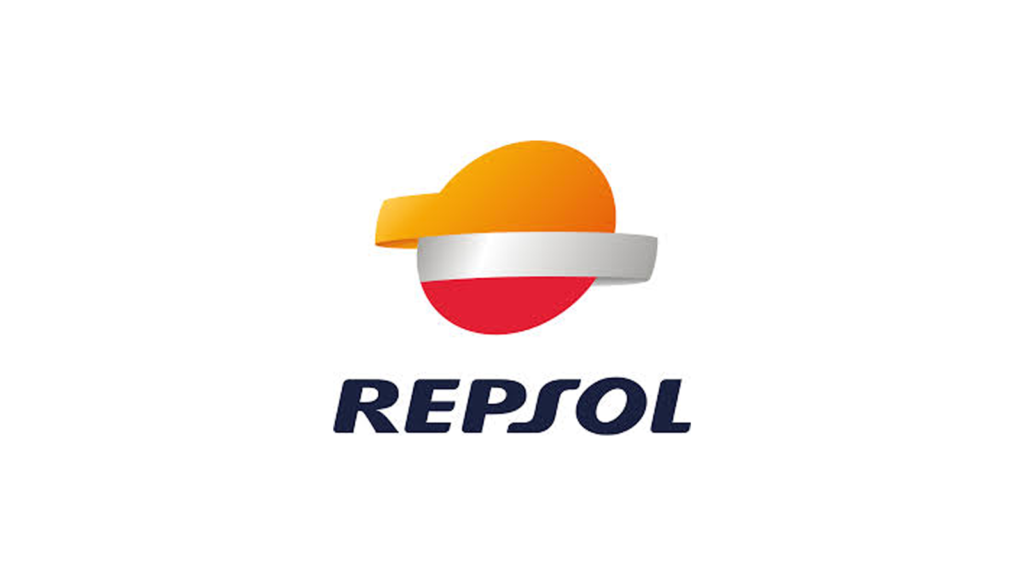
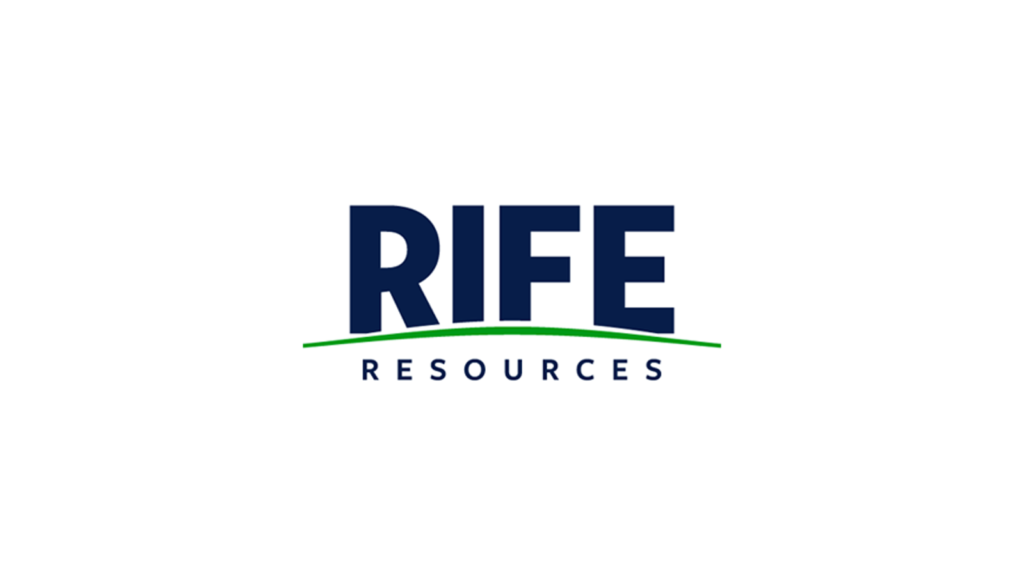







You must be logged in to post a comment.